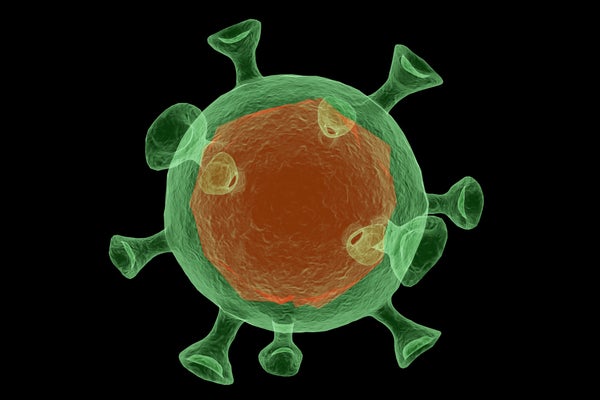Welcome to the second in our series of coronavirus episodes of Scientific American’s Science Talk, posted on March 14, 2020. I’m Steve Mirsky.
And as in our first episode, I’ll be throwing it over to W. Wayt Gibbs. He's a contributing editor for Scientific American based in Seattle. He also works as a scientific editor.
For the edition, Gibbs spoke with a pediatric infectious disease expert about work on new vaccines and drugs for COVID-19 and the role that children play in disease transmission. Gibbs also talked with the head of infection control for one of the country’s largest networks of cancer centers about the special steps being taken to protect cancer patients and others whose immune systems aren’t functioning at full strength and who suddenly find themselves at increased risk. First Gibbs brings us up to date on life in the hot zone these last few days.
On supporting science journalism
If you're enjoying this article, consider supporting our award-winning journalism by subscribing. By purchasing a subscription you are helping to ensure the future of impactful stories about the discoveries and ideas shaping our world today.
[FULL TRANSCRIPT TO COME]

